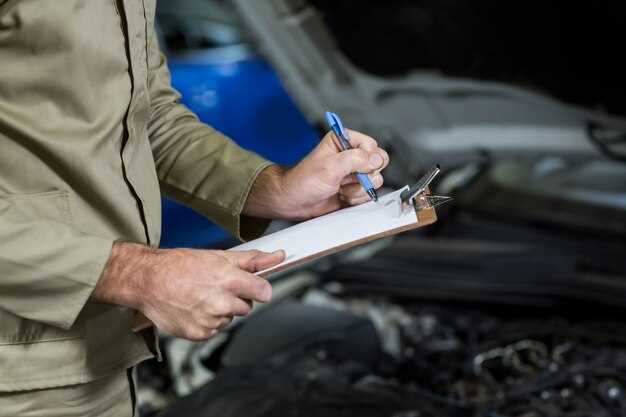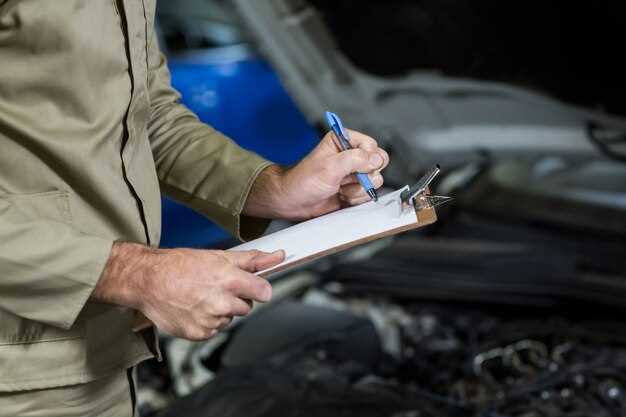How to Inspect a Jeep Before Purchase


When considering the purchase of a used vehicle, particularly a Jeep, conducting a thorough inspection is crucial. This guide will help you navigate the inspection process, ensuring you make an informed decision and avoid potential pitfalls. A Jeep is not just a vehicle; it’s an experience and an investment in adventure. Therefore, understanding the key aspects of inspection can save you time, money, and headaches down the road.
Many buyers overlook vital details when evaluating a used Jeep, leading to costly repairs and disappointment. An inspection allows you to uncover any hidden issues that may not be immediately apparent. From the engine’s condition to the integrity of the frame, a meticulous examination can reveal the true state of the vehicle. By arming yourself with knowledge and a checklist, you can confidently approach the buying process, ensuring your investment is sound.
In this guide, we will delve into the essential steps of a comprehensive inspection tailored specifically for Jeep models. We’ll cover what to look for both mechanically and aesthetically, helping you identify potential red flags. Whether you’re a seasoned Jeep enthusiast or a first-time buyer, this thorough inspection guide will empower you to make the best choice for your journey ahead.
Key Areas to Check for Jeep Frame Integrity

When inspecting a used Jeep, assessing the frame integrity is crucial. A compromised frame can lead to safety issues and costly repairs. Here are the key areas to focus on during your inspection:
- Rust and Corrosion: Examine the frame for any signs of rust. Pay particular attention to the undercarriage and areas around the suspension mounts, as these can often be susceptible to corrosion due to exposure to moisture and road salt.
- Cracks and Bends: Inspect for any visible cracks or bends in the frame. Look closely at the welds and joints, as these are potential weak points. A damaged frame can affect the vehicle’s alignment and overall stability.
- Frame Rails: Check both front and rear frame rails for signs of damage. Ensure they are straight and have not been altered or repaired improperly, which could affect performance and safety.
- Mounts and Brackets: Look at the condition of the body and suspension mounts. Make sure they are securely attached and show no signs of excessive wear or damage, as this is critical for maintaining the vehicle’s structure.
- Overall Structural Condition: Assess the general condition of the Jeep’s frame. Look for any signs of repair or signs that the vehicle may have been in an accident, as this can indicate potential structural issues.
By thoroughly inspecting these key areas, you can determine if the used Jeep you are considering has a sound frame, ensuring a safer and more reliable vehicle for your adventures.
Understanding Jeep Engine Performance Metrics
When considering a Jeep for purchase, understanding engine performance metrics is essential for making an informed decision. The key indicators of engine performance include horsepower, torque, fuel efficiency, and the overall condition of the engine components. Each of these metrics provides insight into how the vehicle will perform both on and off-road, ensuring it meets your specific driving needs.
Horsepower indicates the engine’s ability to perform work over time, affecting acceleration and top speed. For Jeep vehicles, especially those designed for rugged terrains, a balance of horsepower is critical to ensure sufficient power without compromising drivability. Pay attention to the engine specifications in any inspection report.
Torque represents the rotational force produced by the engine, crucial for off-road capabilities and towing capacity. A higher torque rating in a Jeep means better performance in challenging conditions, such as climbing steep hills or navigating rough trails. Inspecting the torque ratings can help determine if the vehicle is suited for your adventure plans.
Fuel efficiency is another important metric, particularly for long-distance travels. While many Jeep models are designed for performance, understanding their miles per gallon (MPG) ratings can affect your long-term cost of ownership. During the inspection, test drive the vehicle to assess real-world fuel consumption, comparing it against manufacturer estimates.
Finally, a comprehensive inspection should include evaluating the condition of the engine components, such as the air filter, spark plugs, and belts. Signs of wear or damage can adversely affect performance and reliability. Make sure to inspect the engine for leaks, unusual noises, or warning lights on the dashboard, as these can indicate underlying issues that may require costly repairs.
By understanding these engine performance metrics, you can better assess whether a particular Jeep is the right fit for your needs, ensuring that your purchase aligns with your expectations for performance and reliability.
Evaluating Off-Road Capabilities and Parts Condition

When considering a used jeep, assessing its off-road capabilities is crucial. Start by examining the tires; they should be rugged and in good condition, ideally suited for various terrains. Look for signs of uneven wear, which may indicate alignment issues or excessive stress during off-road driving.
Inspect the suspension system, which plays a vital role in handling rugged environments. Check for any leaks, cracked components, or worn-out bushings. A quality suspension setup will enhance the jeep’s performance on rough trails, so ensure it meets the necessary standards.
Evaluate the drivetrain components, particularly the transfer case and differentials. Listen for unusual noises during operation and assess any signs of oil leaks. Engaging different drive modes will help determine if the four-wheel drive system functions properly.
Examine the skid plates and undercarriage for damage. These parts protect the jeep’s vital components during off-road adventures. Any significant dents or rust could indicate prior hard usage, which might affect future performance.
Check the condition of the axles and drive shafts, looking for bends or signs of wear. A well-maintained jeep will have solid axles, free from cracks or excessive rust. Finally, review the overall body condition; substantial rust or damage can compromise the jeep’s integrity in off-road situations.
In conclusion, a thorough inspection of a used jeep’s off-road capabilities and parts condition is essential for ensuring reliability and performance. By addressing these key areas, you can make an informed decision about your potential purchase.
